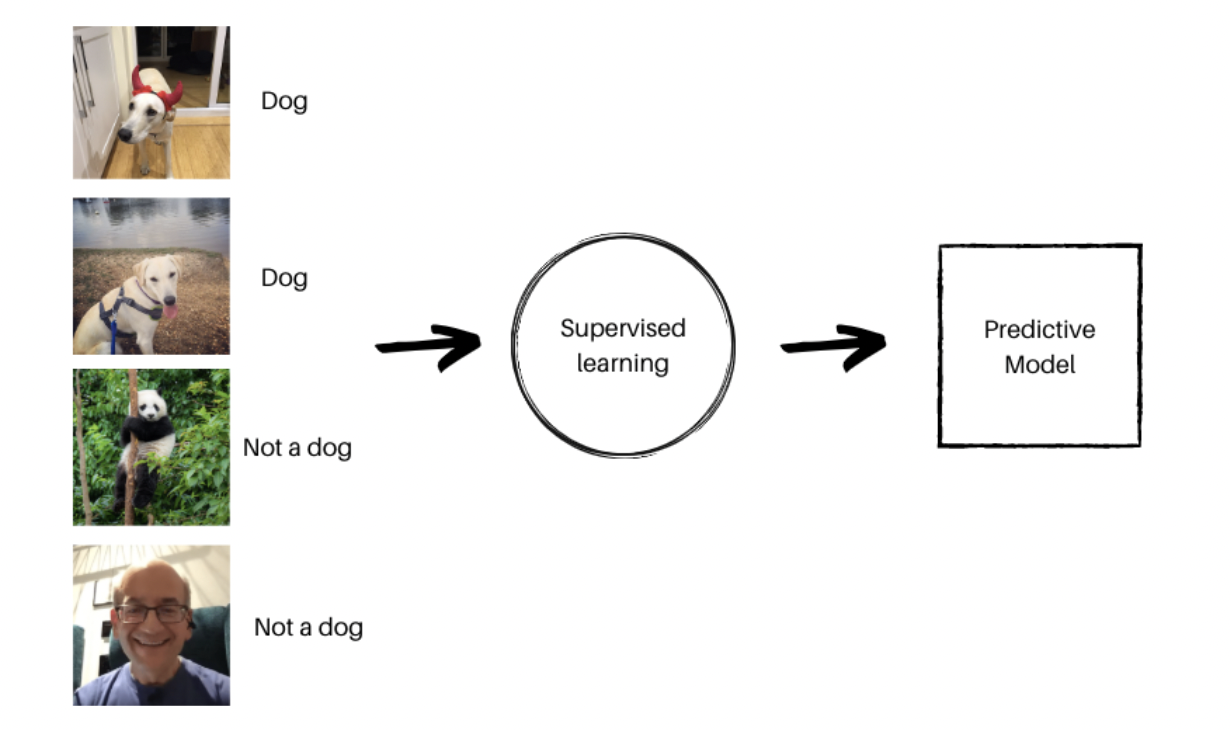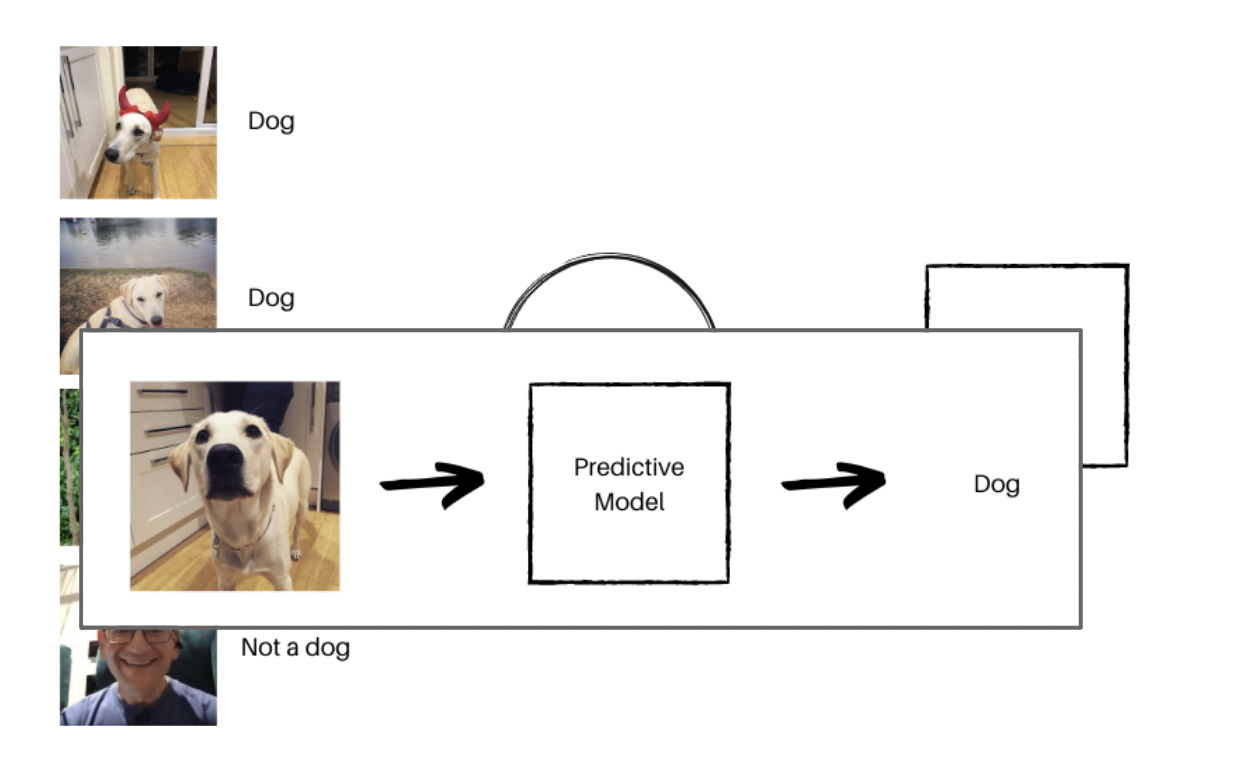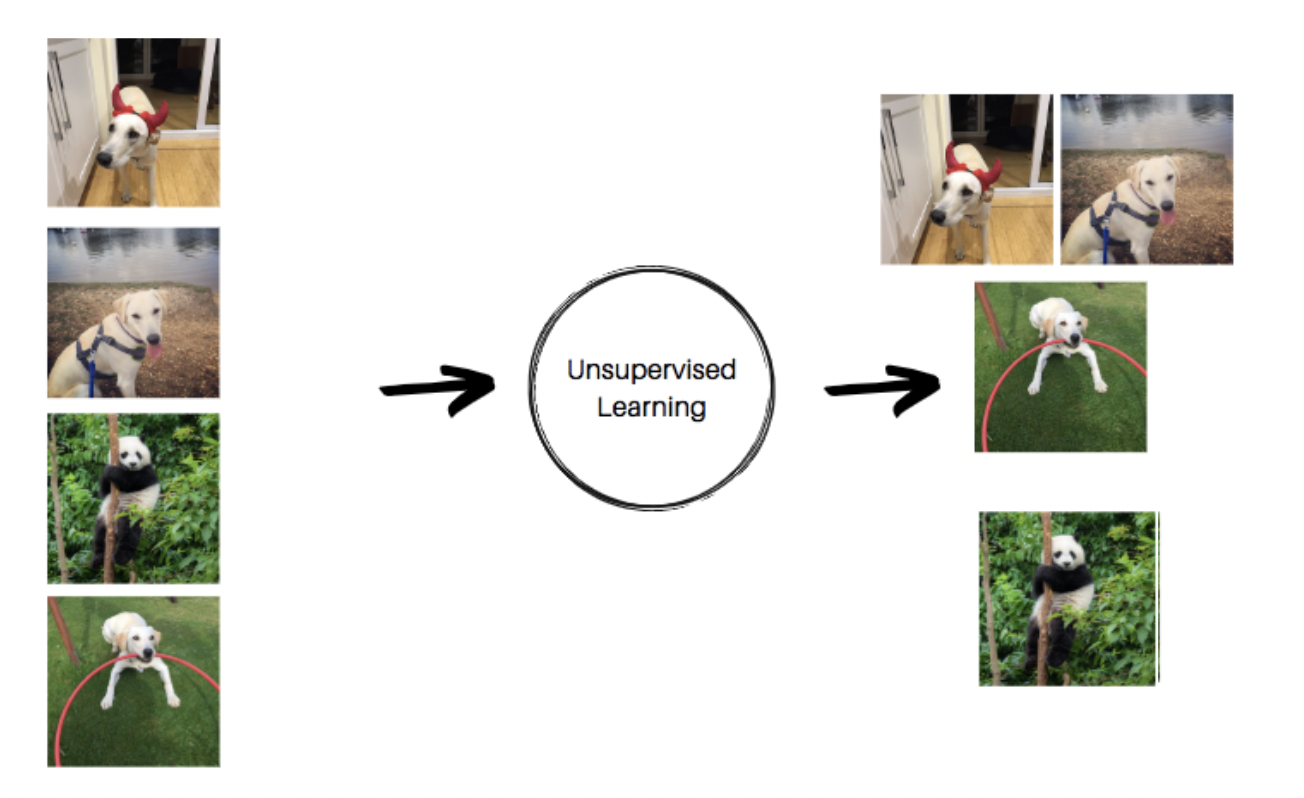Celebrate the Holidays with some of SEJ’s best articles of 2023.
Our Festive Flashback series runs from December 21 – January 5, featuring daily reads on significant events, fundamentals, actionable strategies, and thought leader opinions.
2023 has been quite eventful in the SEO industry and our contributors produced some outstanding articles to keep pace and reflect these changes.
Catch up on the best reads of 2023 to give you plenty to reflect on as you move into 2024.
As an SEO professional, you’ve heard about ChatGPT and BARD – or even used them yourself.
You might also be familiar with a handful of machine learning models from Google, such as BERT and RankBrain.
These are all great applications of machine learning.
But it isn’t always immediately apparent how machine learning can be useful for your BAU (business as usual) tasks or daily SEO to-dos.
There’s also the question of ethics, as in data privacy and fairness, when it comes to using machine learning in your work.
However, understanding how machine learning works in search (and in real life) can only work to your advantage as an SEO pro – whether you’re technical or not.
In this comprehensive article, learn the types of machine learning and ethics associated with the technology, then take inspiration from seven machine learning examples that have had a great impact on our world.
As an added bonus, at the end of this article, explore eight machine learning examples directly applied to SEO.
What Is Machine Learning?
Machine learning is a subset of artificial intelligence (AI) which enables systems to learn and improve without the need to be explicitly programmed. This is achieved by using large data sets that train the parameters in the model.
Perhaps the most well-known examples of machine learning currently are ChatGPT and BARD – and while this post won’t be focusing on them, I decided to ask them both to explain to me what machine learning is. Here are their responses:
ChatGPT
“Machine learning is a type of artificial intelligence that allows software applications to learn from the data and become more accurate in predicting outcomes without explicit programming. In other words, it is a method of teaching computers to learn from the data they are given, and then to make decisions or predictions based on that learning.
The goal of machine learning is to develop algorithms that can learn patterns in data, and then use those patterns to make decisions or predictions about new data. This is done by training the machine learning algorithm on a dataset of known inputs and outputs, and then using that knowledge to make predictions on new, unseen data.
Some common applications of machine learning include image recognition, natural language processing, fraud detection, and recommendation systems.”
Screenshot from ChatGPT, April 2023
BARD
“Machine learning is the study of computer algorithms that improve automatically through experience and by the use of data. It is seen as a subset of artificial intelligence. Machine learning algorithms build a model based on sample data, known as training data, in order to make predictions or decisions without being explicitly programmed to do so.
Machine learning can be used for a variety of tasks, including:
- Classification: Sorting data into categories. For example, a spam filter might classify emails as spam or not spam.
- Regression: Predicting a continuous value. For example, a weather forecast might predict the temperature tomorrow.
- Clustering: Grouping data points together based on their similarity. For example, a recommender system might cluster users together based on their past purchases.
- Anomaly detection: Identifying unusual data points. For example, a fraud detection system might identify transactions that are likely to be fraudulent.
Machine learning is a powerful tool that can be used to solve a variety of problems. However, it is important to note that machine learning algorithms are only as good as the data they are trained on. If the data is biased, the algorithm will be biased as well. Additionally, machine learning algorithms can be susceptible to overfitting, which is when the algorithm learns the training data too well and does not generalize well to new data.
Despite these challenges, machine learning is a rapidly growing field with a wide range of applications. As the amount of data available to us continues to grow, machine learning is likely to play an even greater role in our lives in the future.”
 Screenshot from BARD, April 2023
Screenshot from BARD, April 2023Supervised Learning
As the name suggests, in supervised learning, the model learns under supervision. It is trained with labeled data, and the output is manually reviewed.
The machine learns from the labeled data, which is then used to make future predictions.
Once the output is received, the model remembers it and will use it for the next operation.
 Image from author, April 2023
Image from author, April 2023 Image from author, April 2023
Image from author, April 2023There are two main types of supervised learning: classification and regression.
Classification
Classification is when the output variable is categorical, with two or more classes that the model can identify; for example, true or false and dog or cat.
Examples of this include predicting whether emails are likely to be spam or whether an image is of a dog or cat.
In both of these examples, the model will be trained on data that is either classified as spam or not spam, and whether an image contains a dog or cat.
Regression
This is when the output variable is a real or continuous value, and there is a relationship between the variables. Essentially, a change in one variable is associated with a change that occurs in the other variable.
The model then learns the relationship between them and predicts what the outcome will be depending on the data it is given.
For example, predicting humidity based on a given temperature value or what the stock price is likely to be at a given time.
Unsupervised Learning
Unsupervised learning is when the model uses unlabeled data and learns by itself, without any supervision. Essentially, unlike supervised learning, the model will act on the input data without any guidance.
It does not require any labeled data, as its job is to look for hidden patterns or structures in the input data and then organize it according to any similarities and differences.
For example, if a model is given pictures of both dogs and cats, it isn’t already trained to know the features that differentiate both. Still, it can categorize them based on patterns of similarities and differences.
 Image from author, April 2023
Image from author, April 2023There are also two main types of unsupervised learning: clustering and association.
Clustering
Clustering is the method of sorting objects into clusters that are similar to each other and belong to one cluster, versus objects that are dissimilar to a particular cluster and therefore belong in another.
Examples of this include recommendation systems and image classifying.
Association
Association is rule-based and is used to discover the probability of the co-occurrence of items within a collection of values.
Examples include fraud detection, customer segmentation, and discovering purchasing habits.
Semi-supervised Learning
Semi-supervised learning bridges both supervised and unsupervised learning by using a small section of labeled data, together with unlabeled data, to train the model. It, therefore, works for various problems, from classification and regression to clustering and association.
Semi-supervised learning can be used if there is a large amount of unlabeled data, as it only requires a small portion of the data to be labeled to train the model, which can then be applied to the remaining unlabeled data.
Google has used semi-supervised learning to better understand language used within a search to ensure it serves the most relevant content for a particular query.
Reinforcement Learning
Reinforcement learning is when a model is trained to return the optimum solution to a problem by taking a sequential approach to decision-making.
It uses trial and error from its own experiences to define the output, with rewards for positive behavior and negative reinforcement if it is not working towards the goal.
The model interacts with the environment that has been set up and comes up with solutions without human interference.
Human interference will then be introduced to provide either positive or negative reinforcement depending on how close to the goal the output is.
Examples include robotics – think robots working in a factory assembly line – and gaming, with AlphaGo as the most famous example. This is where the model was trained to beat the AlphaGo champion by using reinforcement learning to define the best approach to win the game.
Machine Learning Ethics
There is no doubt that machine learning has many benefits, and the use of machine learning models is ever-growing.
However, it’s important to consider the ethical concerns that come with using technology of this kind. These concerns include:
- The accuracy of a machine learning model and whether it will generate the correct output.
- Bias in the data that is used to train models, which causes a bias in the model itself, and, therefore, a bias in the outcome. If there is historical bias in data, that bias will often be replicated throughout.
- The fairness in outcomes and the overall process.
- Privacy – particularly with data that is used to train machine learning models – as well as the accuracy of the outcomes and predictions.
7 Machine Learning Examples In The Real World
1. Netflix
Netflix uses machine learning in a number of ways to provide the best experience for its users.
The company is also continually collecting large amounts of data, including ratings, the location of users, the length of time for which something is watched, if content is added to a list, and even whether something has been binge-watched.
This data is then used to further improve its machine learning models.
Content Recommendations
TV and movie recommendations on Netflix are personalized to each individual user’s preferences. To do this, Netflix deployed a recommendation system that considers previous content consumed, users’ most viewed genres, and content watched by users with similar preferences.
Auto-generated Thumbnails
Netflix discovered that the images used on the browse screen make a big difference in whether users watch something or not.
It, therefore, uses machine learning to create and display different images according to a user’s individual preferences. It does this by analyzing a user’s previous content choices and learning the kind of image that is more likely to encourage them to click.
These are just two examples of how Netflix uses machine learning on its platform. If you want to learn more about how it is used, you can check out the company’s research areas blog.
2. Airbnb
With millions of listings in locations across the globe at different price points, Airbnb uses machine learning to ensure users can find what they are looking for quickly and to improve conversions.
There are a number of ways the company deploys machine learning, and it shares a lot of details on its engineering blog.
Image Classification
As hosts can upload images for their properties, Airbnb found that a lot of images were mislabeled. To try and optimize user experience, it deployed an image classification model that used computer vision and deep learning.
The project aimed to categorize photos based on different rooms. This enabled Airbnb to show listing images grouped by room type and ensure the listing follows Airbnb’s guidelines.
In order to do this, it retrained the image classification neural network ResNet50, with a small number of labeled photos. This enabled it to accurately classify current and future images uploaded to the site.
Search Ranking
To provide a personalized experience for users, Airbnb deployed a ranking model that optimized search and discovery. The data for this model came from user engagement metrics such as clicks and bookings.
Listings started by being ordered randomly, and then various factors were given a weight within the model – including price, quality, and popularity with users. The more weight a listing had, the higher it would be displayed in listings.
This has since been optimized further, with training data including the number of guests, price, and availability also included within the model…
Con información de Search Engine Journal.
Leer la nota Completa > Machine Learning Examples In The Real World (And For SEO)







